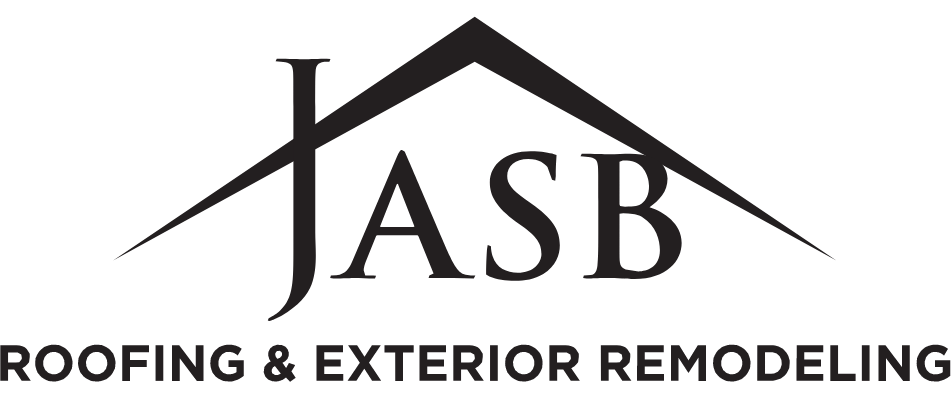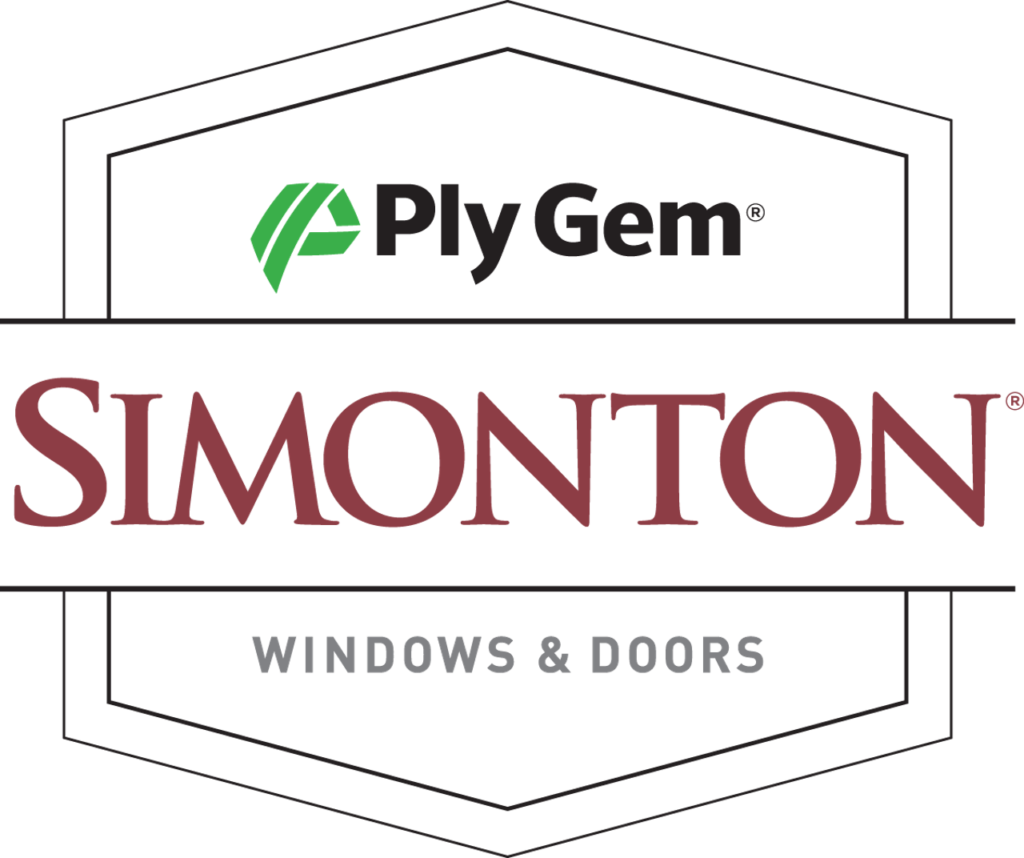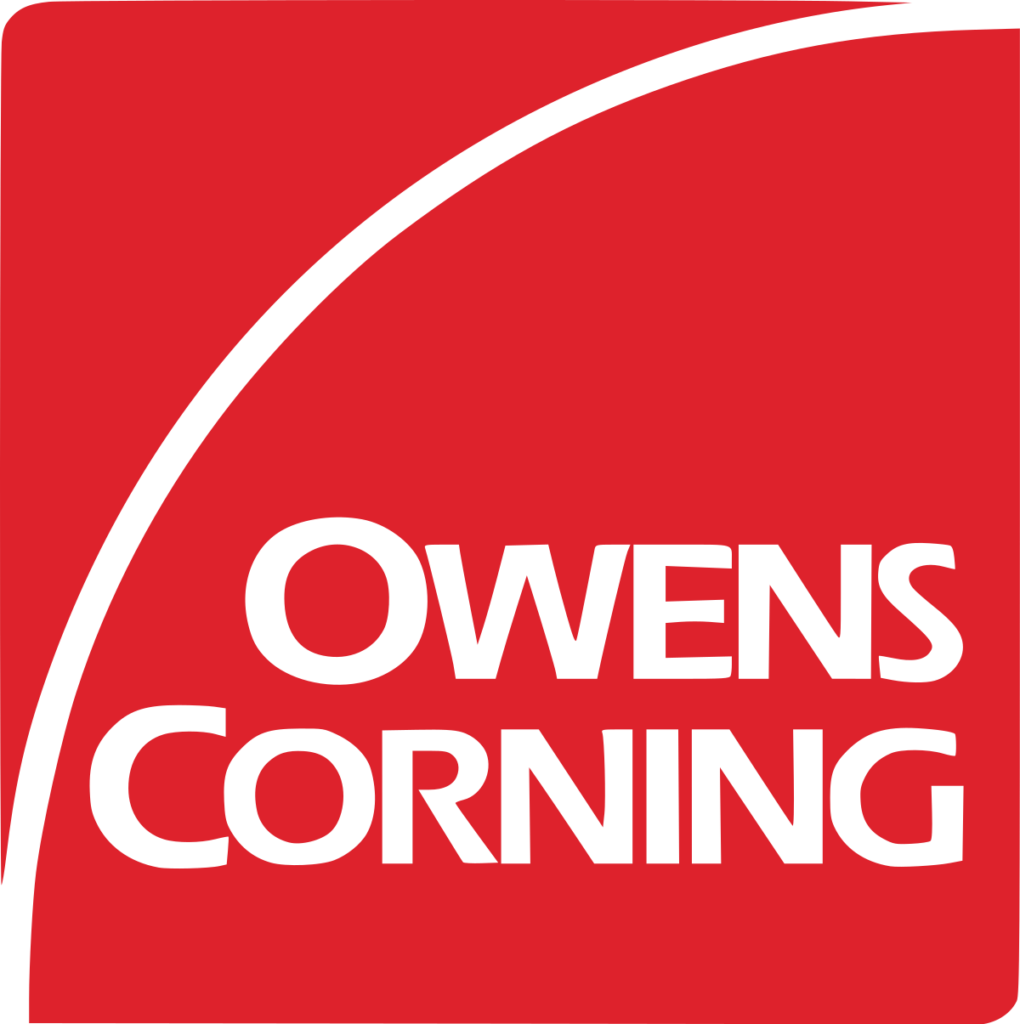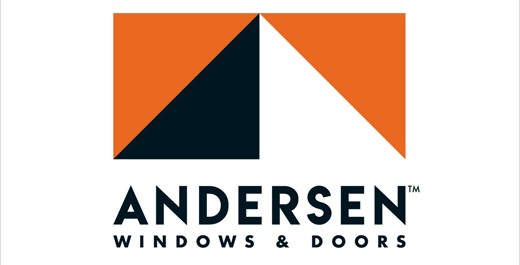So, you’re thinking about giving your home’s exterior a makeover. This time, it’s not just a fresh coat of paint but a new look and feel. As a homeowner, you’ve probably bumped into a classic debate: fiber cement vs vinyl siding. It’s a big decision with a hefty siding cost, so you need all the facts from this blog before jumping in.
Why Choosing Between Fiber Cement vs. Vinyl Siding Matters
Whether you’re fixing up a charming bungalow or a modern masterpiece, the siding you choose speaks volumes. It impacts your home’s value, maintenance needs, and all-important curb appeal. Choosing between fiber cement siding and vinyl siding isn’t just about aesthetics—it’s about making a smart, long-term investment in a siding option that fits your needs.
Digging Deeper: 7 Key Considerations
Picking siding isn’t just about what looks pretty; it’s a battle of practicality, budget, and that desire for a low-maintenance life. When considering different siding materials, you’ll need to weigh the pros of each.
- Durability: Taking a Beating From Mother Nature
We’ve all seen Siding lose a fight against a rogue baseball or a brutal hailstorm. Understanding how each siding material holds up to impact is critical. Choosing durable siding is one of the most important aspects of siding installation or siding replacement.
Fiber cement siding has a fantastic composition—it’s a blend of sand, Portland cement, water, and cellulose fibers. Think of it like super-strong wood pulp. Unlike some vinyl siding, these fibers make the siding slightly flexible, allowing it to take a hit without immediately cracking. Plus, it tends to be thicker than vinyl planks, making it a popular siding option.
But let’s wait to discount vinyl. Good quality vinyl siding, particularly insulated vinyl siding, has gotten much better at resisting impacts. While a stray baseball might leave a dent, vinyl often springs back from minor impacts. This makes it a great option for homeowners who need a cost-effective solution.
2. Lifespan: How Long Will Your Siding Stand the Test of Time?
Let’s talk lifespan. Fiber cement boasts a pretty impressive lifespan. This stuff is known to last 50+ years, even in intense sun. Meanwhile, standard vinyl siding, particularly in sunny and heat-prone areas, starts showing its age after 10-15 years. Vinyl often becomes brittle over time, making it prone to cracks.
Many fiber cement siding manufacturers offer at least a 30-year warranty, which tells you something about how much they believe in their product’s longevity. This is especially true with certain products, such as Hardie board siding, which our team at JASB Roofing & Exterior Remodeling are certified installers of.
3. Sustainability: The Eco-Friendly Factor
You’re probably already sorting your recycling and switching to energy-efficient appliances, but what about sustainable building materials? Choosing siding gives you another chance to lessen your environmental impact by using sustainable materials.
Here’s the good news: Many fiber cement components are recyclable or made from recycled materials, such as glass and wood fibers. Companies like Nichiha are in the charge of sustainability practices.
Although vinyl is a durable material that technically doesn’t decompose quickly, it has a more complex environmental story. The production of vinyl siding releases harmful VOCs (volatile organic compounds). And, let’s not forget, it’s plastic, so biodegradability isn’t in the cards.
4. Fire Resistance: Peace of Mind You Can’t Put a Price On
This one’s huge. Home fires are terrifying, and you want your siding to be your ally, not something that adds fuel to the flames. Choosing a fire-resistant material like fiber cement provides that extra layer of protection for your family.
While fiber cement siding is designed to be fire-resistant, meaning it resists burning and can slow the spread of flames, vinyl siding, while often treated with fire retardants, is ultimately still plastic. At high temperatures, it can melt, potentially making a bad situation even worse.
5. Low Maintenance: Because Life’s Too Short for Endless Upkeep
We get it; you have better things to do than spend your weekends scrubbing, scraping, and repainting siding. Maintenance is expected, but some siding materials require less TLC than others. Finding a low-maintenance siding is key to enjoying your home.
Fiber cement is refreshingly low maintenance. Typically, a rinse with a garden hose does the trick. Vinyl might seem low maintenance because it’s easy to hose down, but the plastic surface is a magnet for dirt, requiring more frequent cleanings.
6. Design Options: Expressing Your Home’s Unique Style
A certain satisfaction comes with pulling up to your house and genuinely loving the way it looks. You deserve to have siding that reflects your style. With abundant styles and colors, choosing the best fit for your home is essential.
Here’s where fiber cement really shines. It comes in smooth, grooved, or even those trendy stucco and shingle looks. And if you crave that classic wood grain, they’ve got that covered, too – even cedar.
Not to be outdone, vinyl siding has seriously stepped up its game. It offers a wide array of colors, and those wood-look options have become very popular in recent years. You can find options from various manufacturers with plenty of colors, so, aesthetically speaking, you’ve got choices.
7. The Big One: Cost
This wouldn’t be a realistic siding showdown without discussing siding costs. Ultimately, these can make or break your decision to install fiber cement or vinyl siding.
Let’s break down the price of fiber cement vs. vinyl siding. Fiber cement is more expensive upfront. We’re talking around $5-$14 per square foot compared to vinyl’s $3-$12, depending on the style and brand you choose. Yes, you’ll likely pay more upfront for fiber cement. But here’s where the long game comes into play. Factor in that potential 50+ year lifespan with minimal repairs—those savings start to add up.
FAQs about Fiber Cement vs Vinyl Siding
What is better, fiber cement or vinyl siding?
Consider durability, lifespan, maintenance, style, and cost when making this choice. The best siding ultimately depends on your specific priorities and budget. Weigh your options carefully.
What was the main problem with fiber cement board siding?
Early fiber cement siding, back in the day, was notorious for being brittle. Some homeowners experienced problems with warping and cracking, particularly in harsh weather conditions.
The good news is that the technology and manufacturing processes have vastly improved over time, resolving many of those earlier issues. Most reputable manufacturers now back their fiber cement siding with robust warranties.
What are the cons of fiber cement?
This is a big question. It’s a heavier material that’s more expensive and time-consuming to install. You’ll also need to repaint it every 10-15 years, but remember it’s significantly less often than with other materials like wood siding.
Is fiber cement siding worth it?
This comes down to your priorities as a homeowner. Consider if these advantages resonate with you – if so, fiber cement is worth it:
- Fire-resistant for safety.
- Doesn’t easily rot or warp.
- Requires minimal maintenance.
- Holds paint longer.
- Energy-efficient with extra insulation.
- Increases your home’s resale value.
Ultimately, weighing these factors against your budget will guide your choice.
Conclusion
Choosing between fiber cement and vinyl siding is like picking a champion for your home team. Both contenders have strengths, but ultimately, it means weighing what matters most to you.
If you’re choosing longevity, fire resistance, and remarkable durability, fiber cement is the clear winner, and many argue that those benefits are worth the extra cost. But if your budget screams vinyl and you’re good with those limitations, vinyl siding will undoubtedly get the job done.
